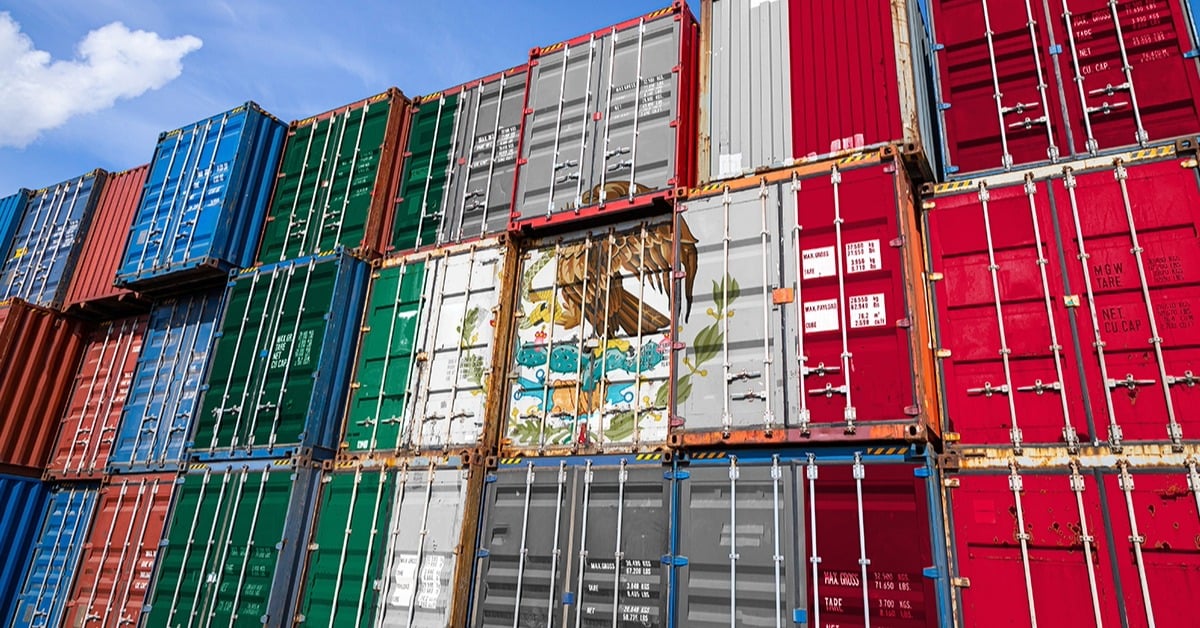Mexico has recorded a trade surplus of $1.4 billion in the first half of 2025, reversing last year's deficit, signaling positive growth for the national economy . . .


Mexico has recorded a trade surplus of $1.4 billion in the first half of 2025, reversing last year's deficit, signaling positive growth for the national economy . . .
